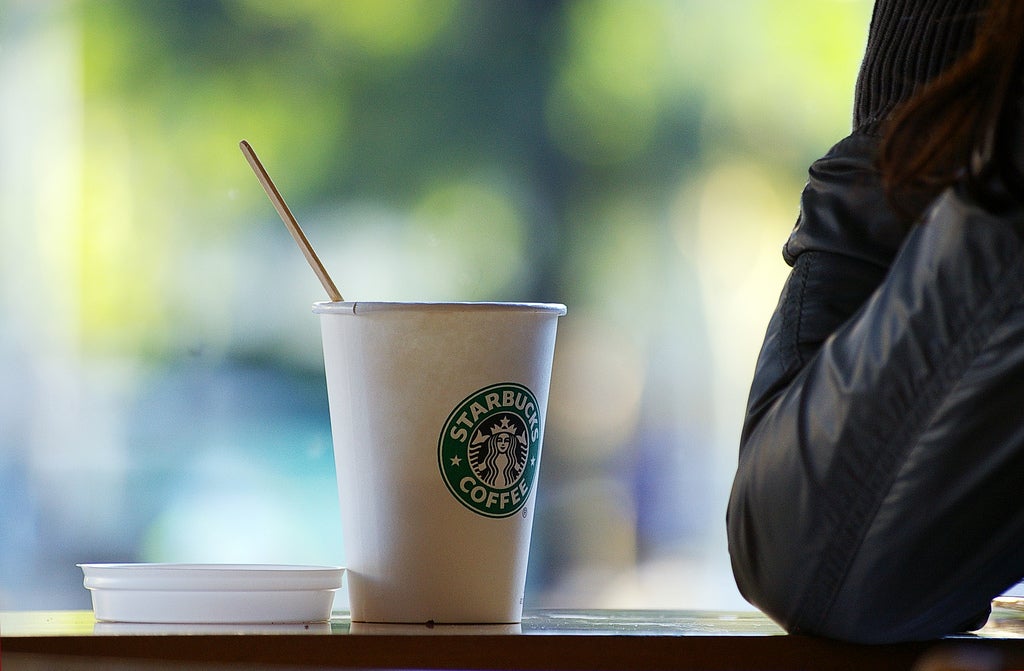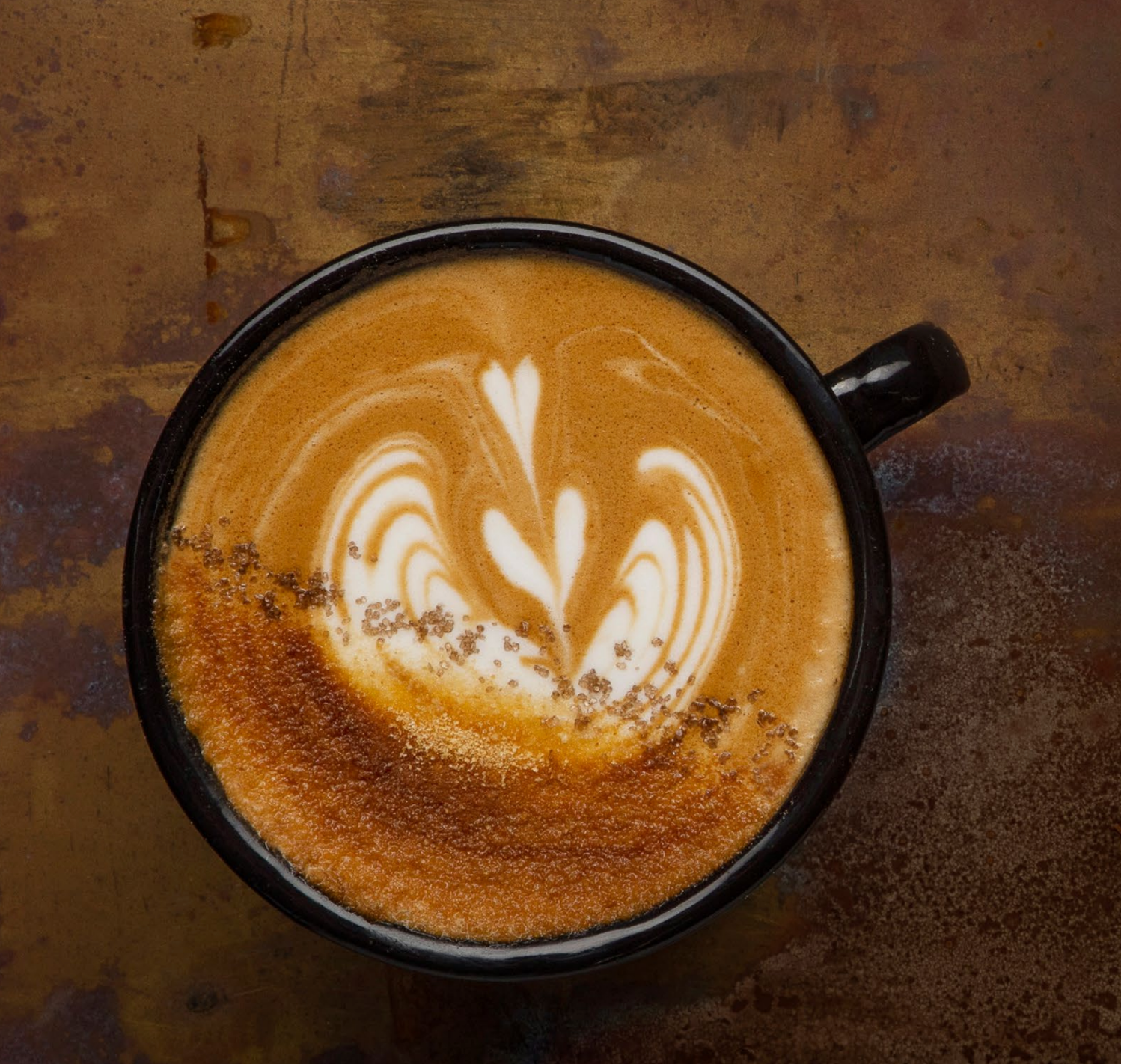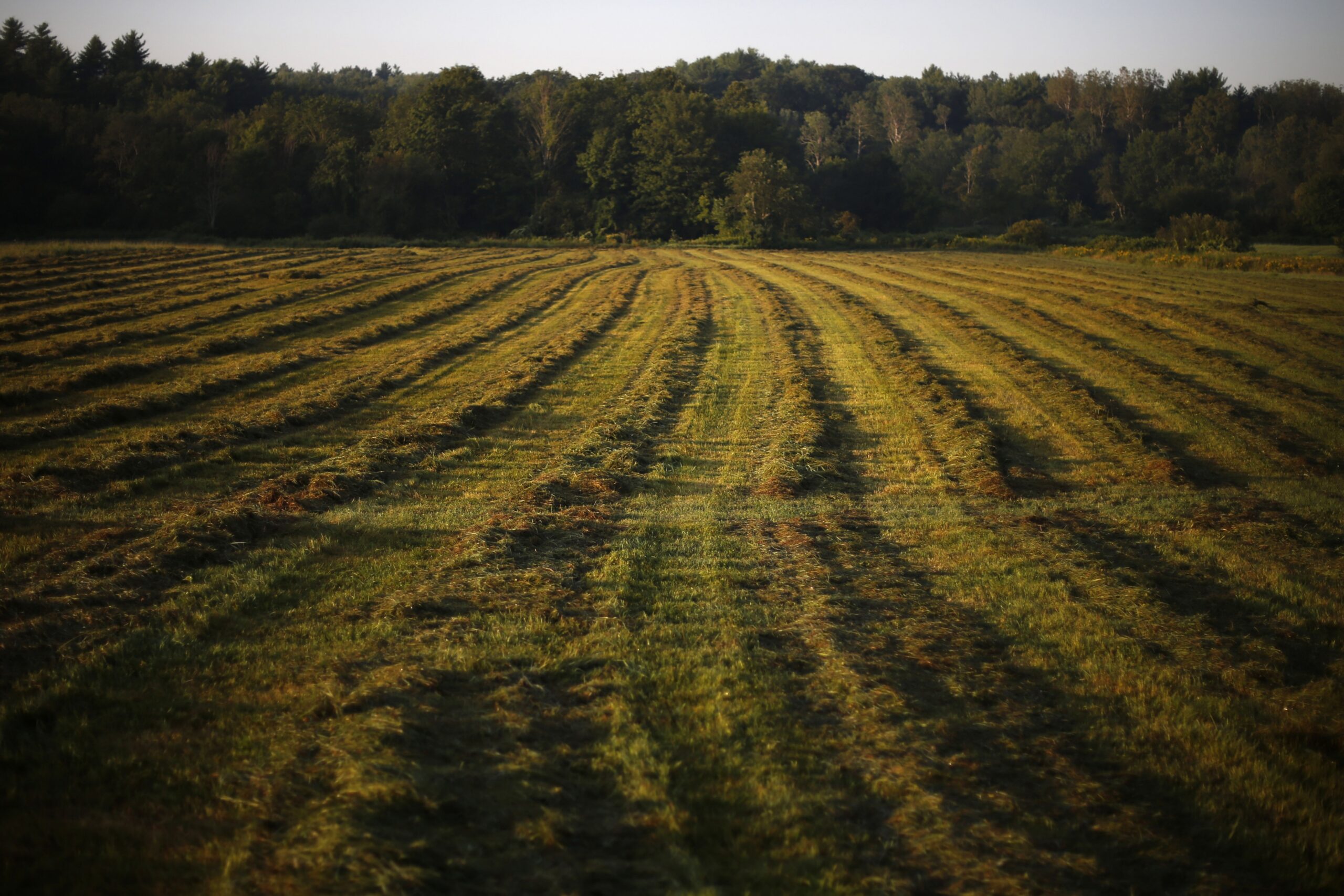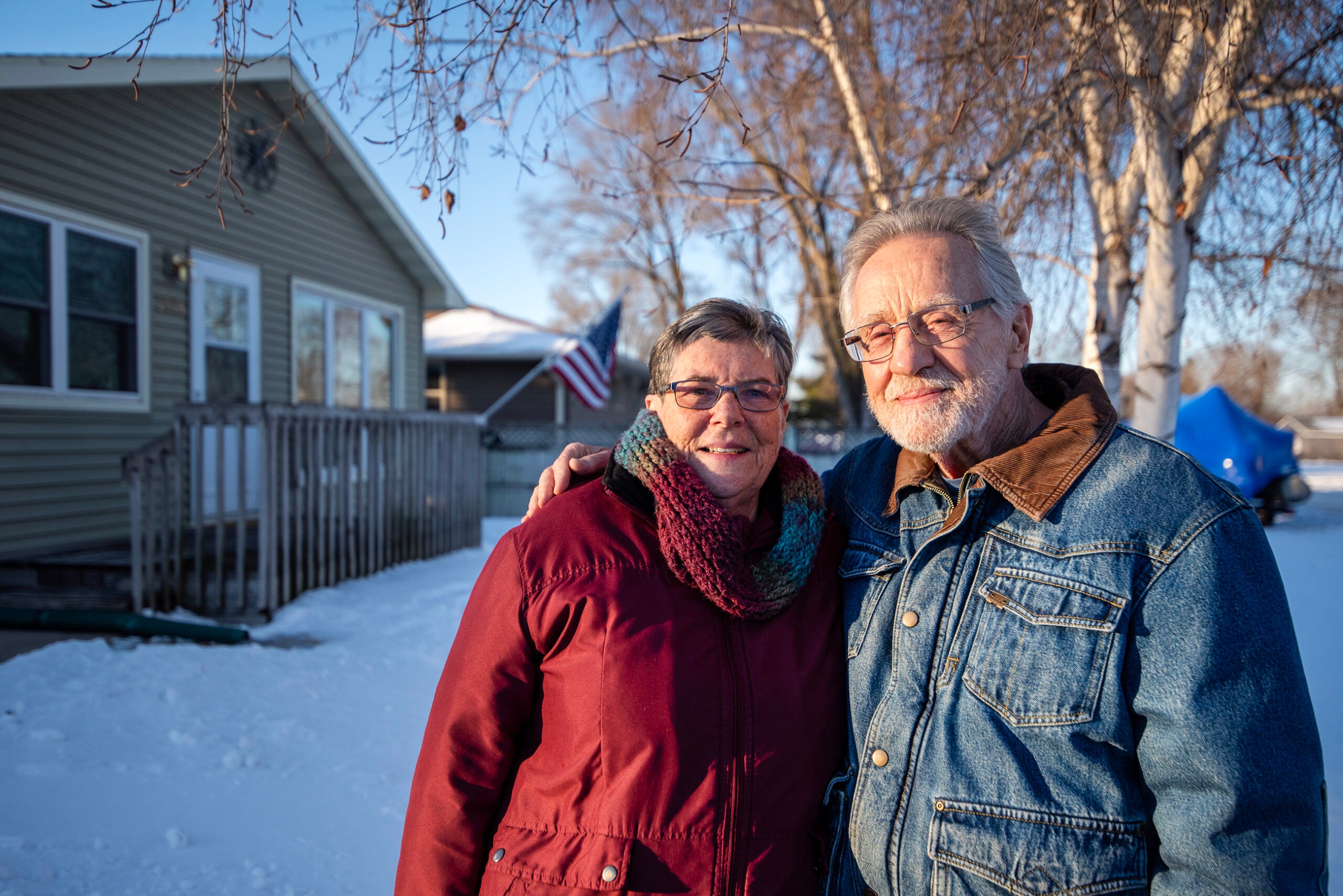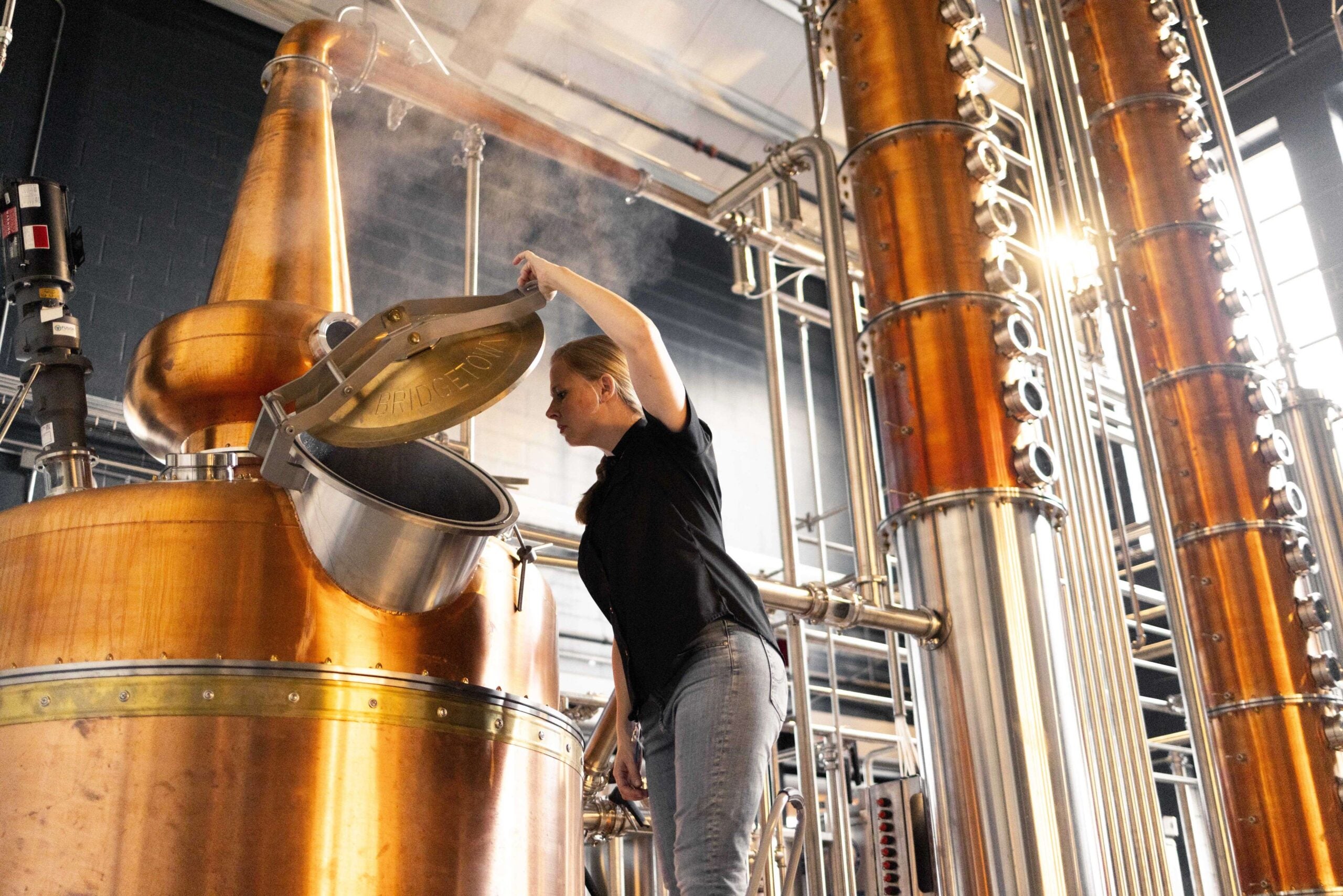The typical paper cup you receive when placing a to-go coffee order is only used once and not easily recyclable. We explore the problem of throwing out so many cups. We also talk about why and how you can give up single-use plastic altogether. And we discuss the complex reasons behind some people’s choice to change their names.
Featured in this Show
-
Plastic Is Everywhere. How Can You Use Less?
Plastic is everywhere — in our kitchens, in our bathrooms, in our clothes.
What once seemed like a modern miracle for convenience and durability, is now responsible for the “Great Pacific Garbage Patch,” a floating garbage pile twice the size of Texas in the Pacific Ocean. But what can we do to use less?
While there’s not a one-size-fits-all solution, there are steps everyone can take to fit their life and reduce the amount of plastic waste, said Beth Terry, blogger and author of “Plastic-Free: How I Kicked the Plastic Habit and How You Can Too.”
“When I first started my project I collected my plastic waste every week … and analyzed it,” she said. “It was very educational and it helped me figure out what areas I was using a lot of plastic and where I could cut back.”
Terry has a list of 100 steps to reduce plastic use, and while they won’t all be viable for your life, every bit counts, she said. Two simple places to start are using reusable shopping bags, and reusable mugs and bottles.
“Pretty much everything that we have in our daily lives has some plastic in it,” she said. “A lot of this is as a matter of prioritizing and figuring out what are the easiest ways to cut back first and what would have the biggest impact.”
Find your weakest points and look for alternative solutions to plastic, and remember that what works for someone else, might not work for you, she said.
For Terry it was her eating habits. When she first started the project, she lived on frozen microwaveable meals in plastic containers and energy bars wrapped in plastic.
Once she recognized the amount of plastic waste that was coming just from her food, she found ways to buy groceries without plastic and to cut down on ordering takeout.
“By avoiding processed foods and looking for foods from the produce aisle, not taking those disposable produce bags, looking for foods from bulk bins, bringing my own containers … I found ways to get food that’s better for me and that doesn’t come with a lot of plastic packaging,” she said.
Terry also noticed a pattern of plastic waste in her personal care products and clothing.
“Every personal care product I used came in plastic, every cleaning product that I used came in plastic,” she said. “Most clothing these days is made with synthetic fabrics, which is a type of plastic which breaks down in the wash into microplastics.”
Terry recommends switching to bar soaps, making homemade laundry detergent and using vinegar and water as a household cleaner — stored in a reused spray bottle — as just a few alternatives.
“I didn’t go through my house and purge all the durable plastic products that I had, I just repurposed them for other non-food storage things,” she said.
While changes on an individual level are important, alone it’s not enough, Terry said. Governments need to regulate plastics and companies need to come up with alternatives.
But it all circles back to individual choices, she said.
“By switching what we purchase from plastic to non-plastic we’re supporting companies that are giving us alternatives, we’re creating that market,” she said.
-
Why Americans Change Their Names, And What It Says About Identity
Throughout American history, many men and women have sought to change their names. Some immigrants to the country have done so in an attempt to assimilate to America, while others who were born here have done it to escape certain connotations of a given name. Whatever the reason, our guest historian says the reasons behind name changes are often more complex than they seem. We look at who’s changing their names and why…and what it all says about identity in America.
-
The Paper Coffee Cup Conundrum
How many coffee cups have you gone through in your life? Countless single-use coffee cups are thrown away every year, because they’re not easily recyclable. Our guest explains the problem of the ubiquitous single-use coffee cup and provides a theory as to why shunning them hasn’t caught on in the same way giving up plastic straws has.
-
Is It Possible To Give Up Plastic?
Plastic never biodegrades. Instead, it breaks down into tiny pieces called microplastics and accumulates in country-sized spots in the ocean, threatening vulnerable animals. Our guest has made a name for herself by drastically reducing the amount of plastic she uses on a day to day basis, and has tips and tricks to help you do the same.
Episode Credits
- John Munson Host
- Colleen Leahy Producer
- Chris Malina Producer
- Beth Terry Guest
- Kirsten Fermaglich Guest
- Jen A. Miller Guest
Wisconsin Public Radio, © Copyright 2025, Board of Regents of the University of Wisconsin System and Wisconsin Educational Communications Board.

